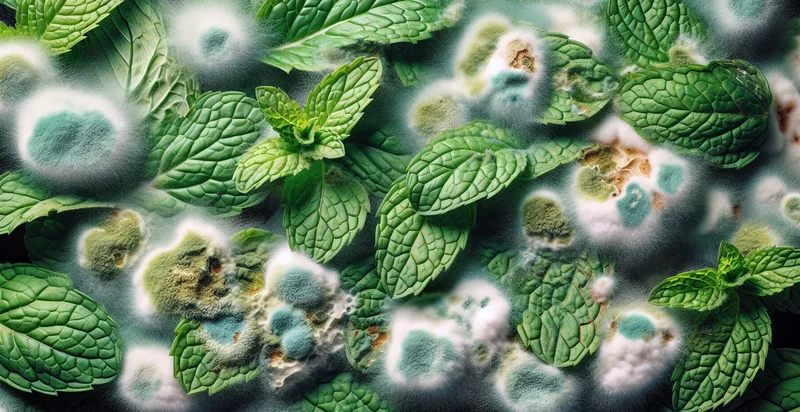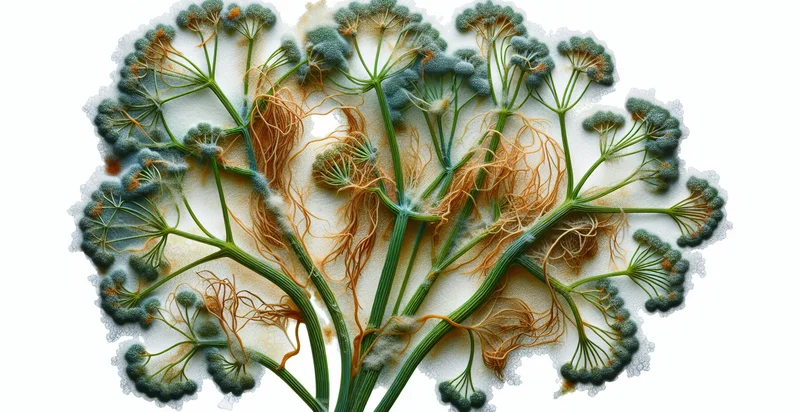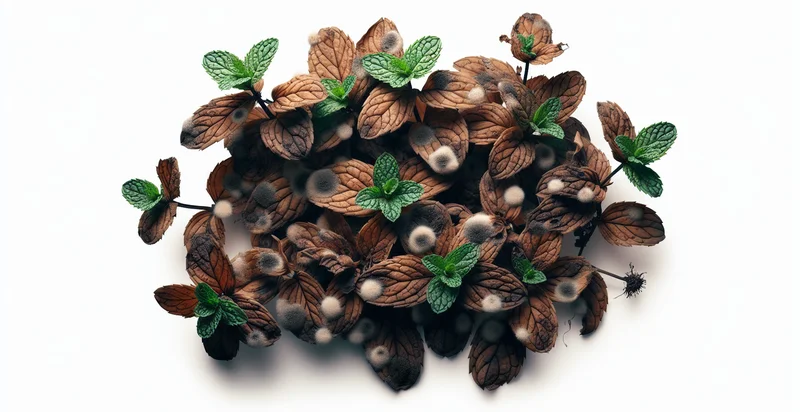Identify if mint is moldy
using AI
Below is a free classifier to identify if mint is moldy. Just upload your image, and our AI will predict if mint is moldy - in just seconds.

Contact us for API access
Or, use Nyckel to build highly-accurate custom classifiers in just minutes. No PhD required.
Get started
import nyckel
credentials = nyckel.Credentials("YOUR_CLIENT_ID", "YOUR_CLIENT_SECRET")
nyckel.invoke("if-mint-is-moldy", "your_image_url", credentials)
fetch('https://www.nyckel.com/v1/functions/if-mint-is-moldy/invoke', {
method: 'POST',
headers: {
'Authorization': 'Bearer ' + 'YOUR_BEARER_TOKEN',
'Content-Type': 'application/json',
},
body: JSON.stringify(
{"data": "your_image_url"}
)
})
.then(response => response.json())
.then(data => console.log(data));
curl -X POST \
-H "Content-Type: application/json" \
-H "Authorization: Bearer YOUR_BEARER_TOKEN" \
-d '{"data": "your_image_url"}' \
https://www.nyckel.com/v1/functions/if-mint-is-moldy/invoke
How this classifier works
To start, upload your image. Our AI tool will then predict if mint is moldy.
This pretrained image model uses a Nyckel-created dataset and has 2 labels, including Mint Is Fresh and Mint Is Moldy.
We'll also show a confidence score (the higher the number, the more confident the AI model is around if mint is moldy).
Whether you're just curious or building if mint is moldy detection into your application, we hope our classifier proves helpful.
Related Classifiers
Need to identify if mint is moldy at scale?
Get API or Zapier access to this classifier for free. It's perfect for:
- Quality Control in Food Production: This function can be utilized in food manufacturing environments to ensure that mint leaves used in products are free from mold. By implementing this classification system, companies can reduce the risk of mold contamination, ensuring higher quality standards and consumer safety.
- Fresh Produce Retail: Supermarkets and grocery stores can use this identifier at their fresh produce sections to quickly assess the quality of mint before offering it for sale. This automated inspection process can help maintain product freshness and reduce waste by removing moldy items from shelves.
- Restaurant Inventory Management: Restaurants can implement this technology in their kitchen inventory systems to regularly check the quality of fresh herbs, specifically mint. By ensuring only fresh, mold-free mint is used in dishes, establishments can enhance customer satisfaction and preserve their culinary standards.
- Home Gardening Apps: Gardening applications can integrate this function to help home gardeners monitor the health of their mint plants. By providing alerts on mold presence, gardeners can take prompt action to protect their crops and improve yield quality.
- Distributor and Supplier Audits: Distributors of fresh herbs can use this classification tool during quality audits of their suppliers. This ensures that only high-quality, mold-free mint is being distributed, leading to improved reputation and reduced returns from retailers.
- Research and Development: Food scientists and researchers can leverage this technology for experiments related to food preservation and shelf-life studies. By accurately identifying moldy mint, they can better understand how environmental conditions affect spoilage and devise strategies to improve freshness.
- E-commerce Quality Assurance: Online grocery delivery services can implement this function to examine mint before shipping orders. By verifying that only mold-free mint is sent to customers, companies can enhance customer trust and decrease return rates due to quality issues.


